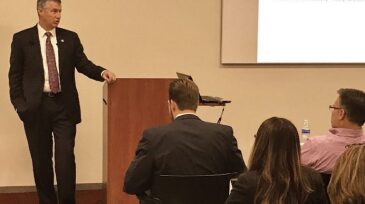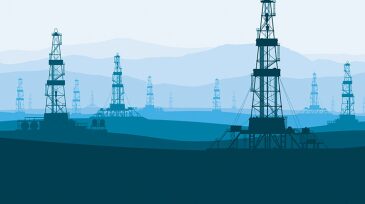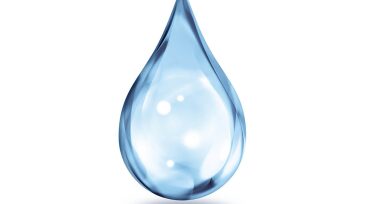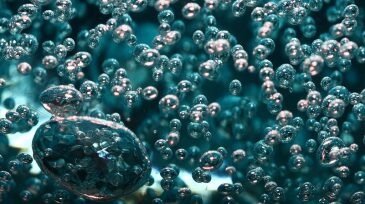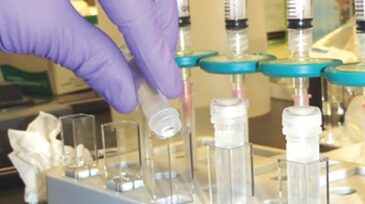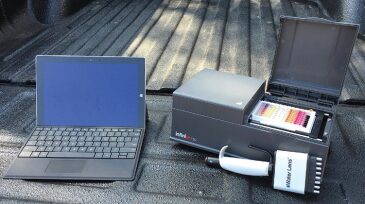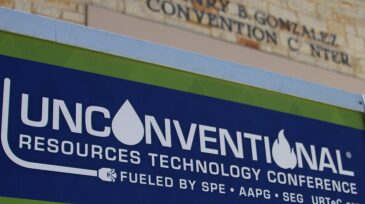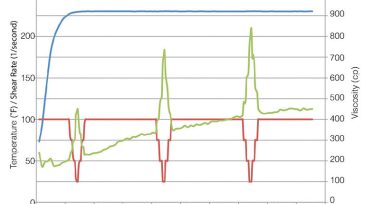produced water
-
One of Oklahoma’s top government officials announced recently that it could be many more months before the full scope of the state’s regulatory response plan for induced seismicity is proven effective.
-
If crude prices, rig counts, and tight oil production demonstrate a stronger upward trend in the months to come, US shale operators may find themselves with more produced water than they bargained for.
-
Sourcing water for large multifracture stimulations in west Texas is a well-known constraint on oil and gas activities in the area. A 6-month pilot operation demonstrated that produced-water reuse is technically feasible and can be a cost-effective solution.
-
This paper summarizes the benefits of using a bipolymer crosslinking system in environments where water quality cannot be guaranteed. It also demonstrates the yielded cost savings per well that are achievable when reusing 100% produced or flowback water for hydraulic fracturing.
-
Water production normally increases as fields mature, and two main ways exist to deal with the produced water. One is to dispose of the produced water into dedicated disposal wells. The other is to reinject the produced water for pressure maintenance or sweep efficiency.
-
Treating produced water to control bacteria is like weeding a garden. It addresses the problem that is not going away.
-
Analyzing the properties of produced water is a difficult process because of the extreme levels of suspended and dissolved particulates contained in it, and a chemistry profile that is in constant flux.
-
At the 2016 Unconventional Resources Technology Conference, Barry Donaldson, vice president of global sales and marketing at Tetra Technologies, discussed possible cost-effective water management strategies.
-
A new techhnology aimed at treating produced water at the wellsite to near-drinking-water quality.
-
This paper reports the completion of a two-lateral well in the Williston basin where produced water (PW), filtered but otherwise untreated, was used throughout the slickwater and crosslinked components of approximately 60 hydraulic-fracturing stages.

